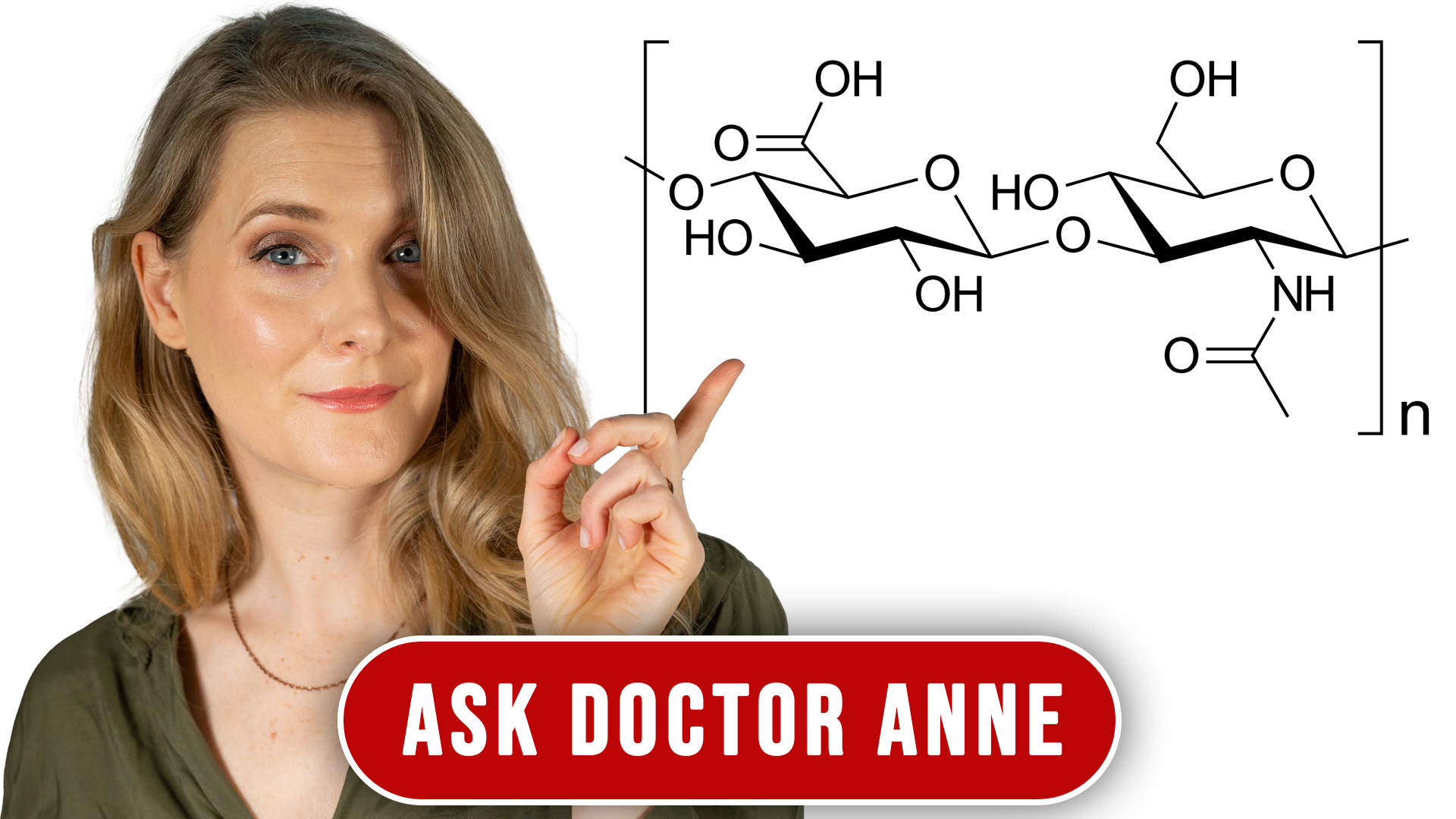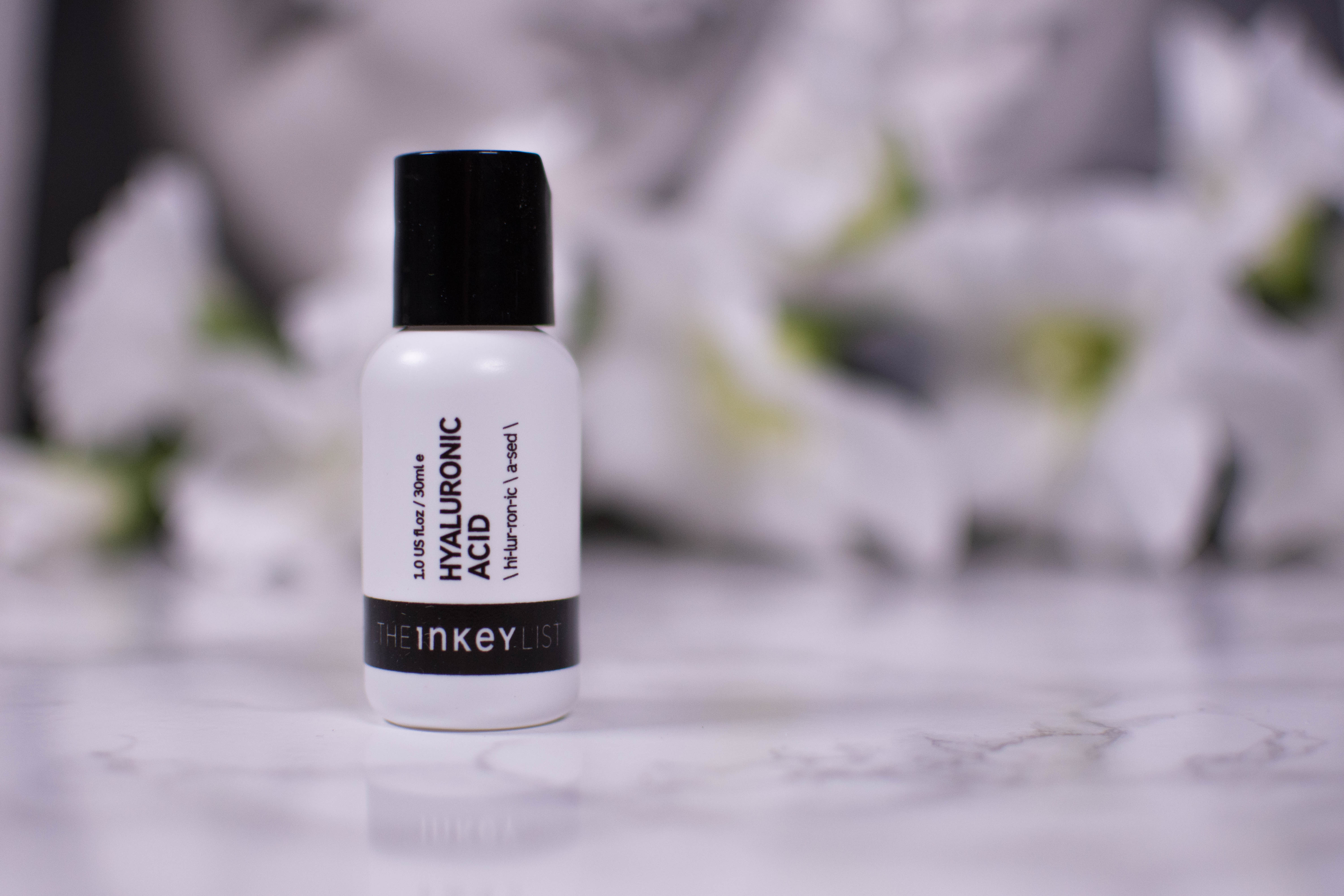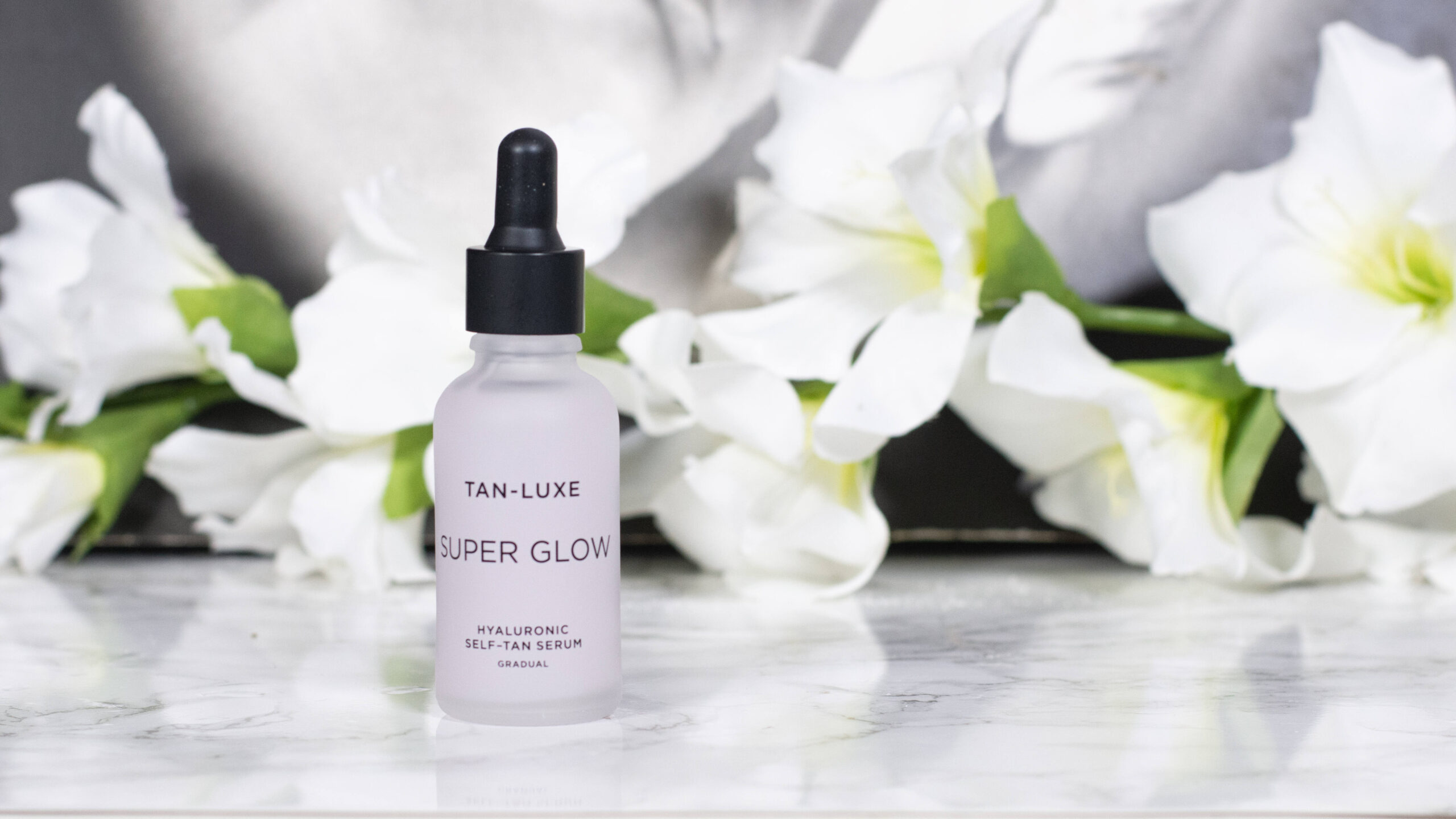ADVERTISEMENT INFO: THIS BLOG POST USES AFFILIATE LINKS. I RECEIVED NO MONEY TO WRITE IT. PLEASE READ DISCLAIMER.
You all probably use it, you all have heard about it 100 times, you all know everything there is to know about Hyaluronic Acid.
But – do you? Know everything there is to know about this humectant? I challenge that, which is why today I want to talk about the different functions Hyaluronic Acid serves in our body, especially it´s role in wound healing, the different molecular weights and why they are used and the reason while despite it being abundant in the body a few people do react to it.

What is Hyaluronic Acid?
Technically it is a non-sulphated Glycosaminoglucan that makes up a huge portion of the extracellular matrix, but that is probably not what you came here to hear.
Hyaluronic is widely known as a humectant, and a pretty powerful one as it is able to bind up to 6 litres of water per 1 gram. It is part of many different tissues in our body like the eyeballs, most fluids, the prostate and the corpora cavernosa and the corpus spongiosum in your penis, should you happen to have one and of course in the skin. In fact, around 50% of the body’s total Hyaluronic Acid can be found in the skin, with the majority being in the dermis rather than the epidermis – that will be important later as the epidermis is what we usually reach with our topical products.
Hyaluronic Acid is synthesized by both fibroblasts in the dermis and keratinocytes in the epidermis via specific enzymes called HA synthase and has a pretty short half-life, lasting only 3-5 minutes in the bloodstream, less than a day in the skin and up to three days in cartilage. That short life span will also be important later when we look at the effects of topical Hyaluronic Acid products.
The effects of Hyaluronic Acid in the body
The water binding capacity is what makes the molecule so important wherever it is – it leads to better lubrication in the joints, has space filling capacity and is part of the framework immune cells navigate through and elastin and collagen arrange themselves in.
As we age, Hyaluronic Acid levels decrease, which leads to an uneven distribution in the extracellular matrix and subsequently uneven distribution of collagen and elastin, leading to fine lines and wrinkles. Think of it as a balloon – if it is filled to the brim, not a line is in sight. Once the air starts to evaporate though, the surface no longer is smooth, but looks uneven and wrinkly.
The fact that most Hyaluronic Acid is present in the dermis means that water is held there and can not easily penetrate the stratum granulosum due to its lipid-rich nature, which is essential for keeping hydration in the skin – the loss of the stratum granulosum due to burns for example can lead to severe hydration due to evaporation – the key skincare takeaway here being: Hyaluronic Acid works best underneath an occlusive layer of some sort.
Different molecular weights of Hyaluronic Acid and their uses
Hyaluronic Acid is usually a pretty big molecule, which affects its ability to penetrate the skin. The larger the molecule, the more likely it is to stay on top of the skin and work there rather than get into the deeper layers – not a concern when it is already produced inside the joints or dermis, but of course something to keep in mind when formulating a cream.
To reduce the molecular size, you can break it down via hydrolysation – the water binding capacity stays roughly the same, but the medium and low molecular weight Hyaluronic Acid you get can get deeper into the skin, which is why you will often see low molecular weight advertised on the bottle.
We have learned before that the majority of the body’s own Hyaluronic Acid is located in the dermis and the lower parts of the epidermis, so getting it deeper inside the skin is what many brands aim for – that and the fact that the bigger the molecule, the stickier it usually is, which can make it feel unpleasant on the skin.
The role of Hyaluronic Acid in wound healing
Even though its role as humectant is the one it is most widely known for, Hyaluronic Acid also plays an important role in scar-free wound-healing. If your skin is wounded, the inflammation brings Hyaluronic Acid to the area, which serves several functions: One, more hyaluronic acid present means more extracellular space through which fibroblasts and immune cells can navigate more easily, speeding up the healing process. Two, when the Hyaluronic Acid is degraded to its smaller forms, that actually triggers angioneogenesis, which means new blood vessels are built so nutrients, oxygen and building components get delivered to the wound easier. And third, extracellular matrix rich in Hyaluronic Acid prevents overaccumulation of collagen fibers, which prevents scar tissue formation.
This seems to be especially important in chronic wounds like diabetic foot syndrome, but could also translate to other forms of small wounds that might lead to scarring – acne comes to mind.
And while we don’t have much robust data on topical application for anti-aging – I will get into that in a few seconds- we do know about the multiple benefits a Hyaluronic Acid rich environment has on wound healing, which is why moist wound healing and the dressing of wounds with hydrocolloid patches is what is recommended to prevent scarring.
The evidence behind topical Hyaluronic Acid
With all that being said, a Hyaluronic Acid serum should be on top of everyone’s shopping list, don´t you agree?
Well, it’s not that easy. If we think about what we discussed earlier, we know that the Hyaluronic Acid our body utilizes best is in places we can´t easily reach with our topicals.
I am 42, so my Hyaluronic Acid levels are certainly not where they used to be, and I can see and feel that in my skin. But the serum I apply every morning will most likely not reach the dermis, which is where my own Hyaluronic Acid is missing. No, it will stay on top of my skin, making it look plumper and smoother, but not changing anything in how things actually are beneath the surface.
Second, Hyaluronic Acid has a pretty short half life, both when produced by your body, but even more so when coming from an external source, so you need to be aware of the fact that the improvement you see after applying your product is temporary – if you stop using the product, you will stop seeing the effect.
And third: As Hyaluronic Acid is so effective in holding on to moisture, you really don´t need much of it. In fact, it is hard to formulate pleasant products with high concentrations, so you usually get a product with around 2% – which is more than enough to give you visible results, but is also usually already present in your regular moisturizer or antioxidant serum.
Don´t get me wrong, I love Hyaluronic Acid in my products. It makes my skin feel much better, look much better and may even help with wound healing and general barrier strengthening. All I am saying is that I don´t think you need to specifically invest in a dedicated pricey serum if you already have it in your face cream. Should you want to though, my personal favorites are listed below.
Why some people might react with inflammation to Hyaluronic Acid
It is strange – Hyaluronic Acid is abundant in the body, so in theory there should be no adverse reactions to it. After all it isn’t a foreign substance our body might attack, which is what usually causes inflammation.
But still there are people that suffer from redness when using Hyaluronic Acid products – what is the explanation?
To be fair, we don’t completely have one quite yet, but as I said before, Hyaluronic Acid that is broken down by the body is part of the inflammatory process, so the lower molecular weights present in products might be in fact just that – proinflammatory.
Another possible explanation is that, again with the lower molecular weights used, the Hyaluronic Acid is able to penetrate deeper and reaches parts of the skin where it is able to trigger immune reactions in people susceptible to that. So if you feel like Hyaluronic Acid does lead to redness in your skin, check your products and see which molecular weight they contain – switching to a high molecular weight one might be the solution.
Or of course simply using another humectant like Glycerin.
My favorite Hyaluronic Acid products
Again, you probably already have Hyaluronic Acid in your moisturizer, so don’t feel the need to buy a specific product. But if you think you could benefit from an extra layer, here are two suggestions:

The Inkey List Hyaluronic Acid Serum (30 ml for 6,50 €)
A great budget buy and the one with the best texture out of all that I have tried at this price point. It gives lightweight hydration, but also contains a peptide from the Matrixyl family, making it a little more interesting for mature skin.
You can read my full review of The Inkey List Hyaluronic Acid Serum here.

Tan Luxe Super Glow Face Serum (30 ml for 39,95 €)
On the other side of the spectrum price wise is the Tan Luxe Super Glow which I, I admit, don’t really use for its humectant properties, but for the healthy and fresh glow it provides without ever looking streaky or orange – it is the perfect gradual tan for my skin and the fact that it hydrates just is an extra bonus.
You can read my full review of The Inkey List Hyaluronic Acid Serum here



